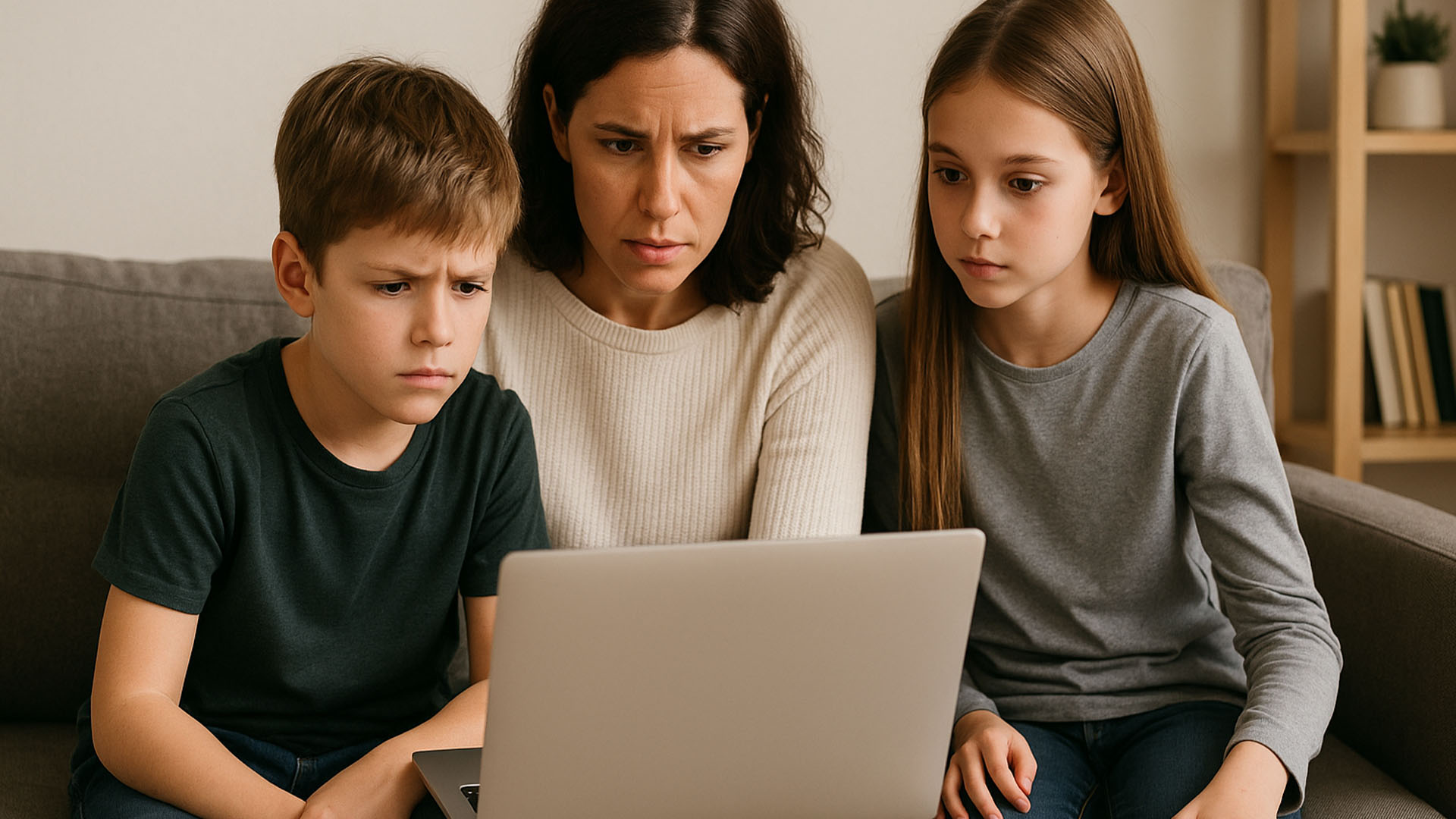In today’s digital age, children are growing up surrounded by technology. From online games to educational apps, the internet offers a vast world of opportunities for learning and fun. However, it also presents challenges and potential risks. Teaching children how to navigate the online world safely is crucial for their well-being. This article will explore key principles and practical tips to help kids become responsible and confident digital citizens.
The Internet Code of Awesome: Core Principles for Online Safety
Google’s ‘Be Internet Awesome’ program outlines five fundamental principles to guide children in making smart decisions online [1]. These principles serve as an excellent framework for understanding and practicing online safety.
Be Internet Smart: Share with Care
Sharing information online can be exciting, but it’s essential to do so thoughtfully. Children should understand that once something is posted online, it can be difficult to remove. They should be encouraged to communicate responsibly and keep personal details private.
Be Internet Alert: Don’t Fall for Fake
The internet can sometimes be misleading, with information that isn’t always true. Children need to develop critical thinking skills to discern between what’s real and what’s fake. They should be wary of suspicious offers, phishing attempts, and content that seems too good to be true [1].
Be Internet Strong: Secure Your Secrets
Just like in the real world, personal privacy and security are vital online. This includes creating strong, unique passwords for different accounts and understanding privacy settings on apps and websites. Protecting personal information helps prevent unauthorized access and misuse [1].
Be Internet Kind: It’s Cool to Be Kind
The internet is a powerful tool that can spread both positivity and negativity. Children should be taught to use the internet to spread kindness and respect. This means avoiding harmful messages, standing up against cyberbullying, and supporting others online [1].
Be Internet Brave: When in Doubt, Talk It Out
One of the most important lessons for children is to feel comfortable talking to a trusted adult when they encounter something questionable online. Open communication with parents, teachers, or other trusted guardians is essential for addressing concerns and seeking help [1].
Q&A
Q1: What are some simple ways to explain online safety to young children?
A1: For young children, focus on simple rules like “Ask a grown-up before you click,” “Don’t share your name or address online,” and “Be kind to others.” Use analogies they understand, like treating online friends like real-life friends.
Q2: How can parents help children create strong passwords?
A2: Encourage children to use a mix of uppercase and lowercase letters, numbers, and symbols. Suggest making passwords memorable but not easily guessable, avoiding personal information like birthdays or names. Using a password manager can also be a good idea for older children.
Q3: What should a child do if they encounter cyberbullying?
A3: The most important step is to tell a trusted adult immediately. They should also be advised not to respond to the bully, block the sender, and save any evidence of the bullying.
Sources
- [1] Be Internet Awesome. (n.d.). Be Internet Awesome – A Program to Teach Kids Online Safety. Retrieved from https://beinternetawesome.withgoogle.com/








0 Comments